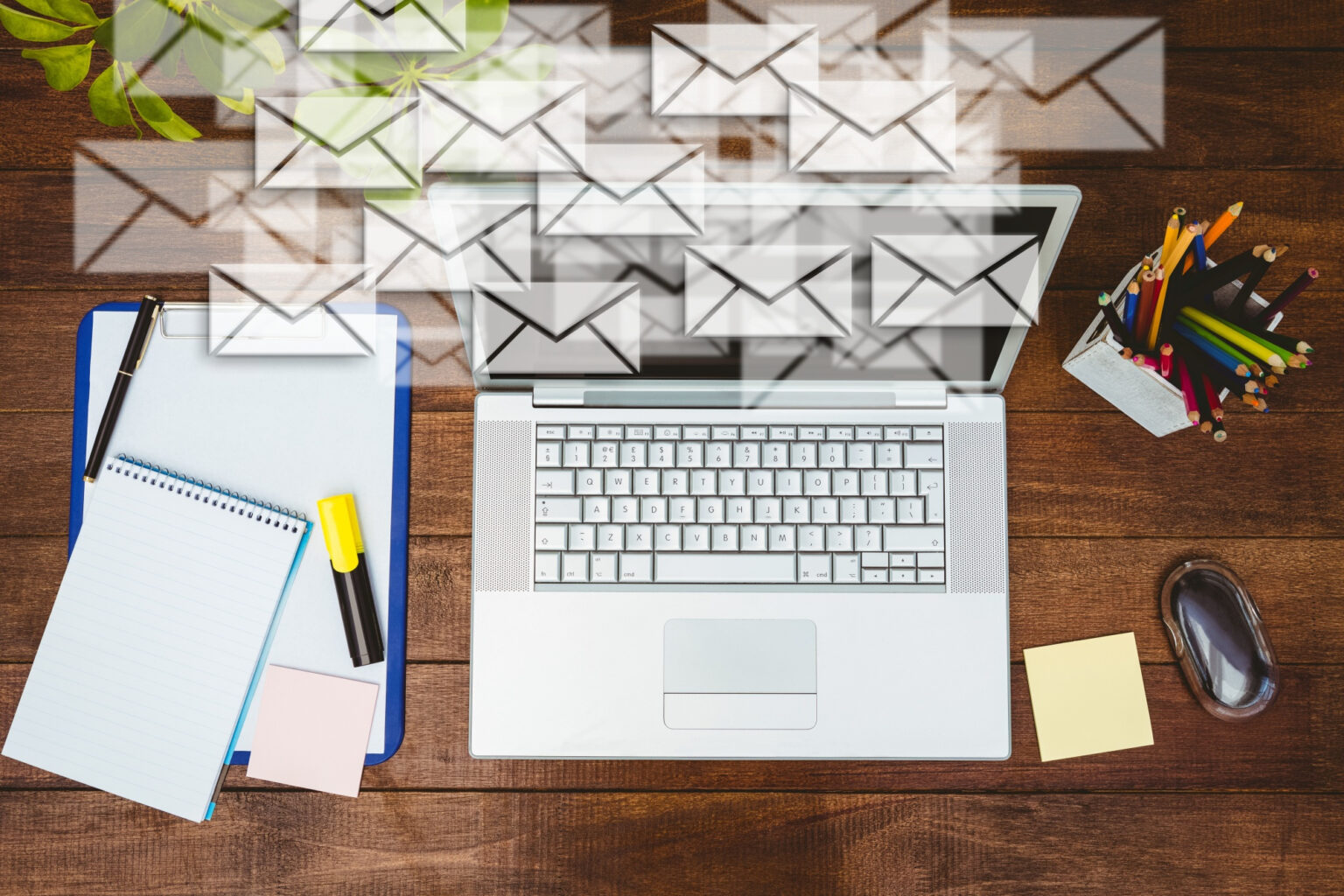
As digital marketing evolves, the importance of crafting personalized messages has taken center stage, and one powerful strategy leading the charge is email segmentation.
Email segmentation, a practice involving strategically categorizing your subscriber list, offers a pathway to truly connect with your audience on an individual level. This segmentation allows marketers to tailor their content based on specific criteria, ensuring that the right message reaches the right people at the right time.
In this comprehensive article, we will discuss eight detailed email segmentation tips to help you achieve better targeting and, consequently, boost the effectiveness of your email campaigns.
1 – Demographic Segmentation
Demographic segmentation involves categorizing subscribers based on key demographic factors, including location, age, gender, and job title. By understanding the distinctive attributes of each segment, you can create and tailor content that aligns with their preferences and needs. For example, a promotional offer for young professionals might differ significantly from one designed for retirees. Utilizing demographic data enhances the personalization of your emails, fostering a stronger connection with your audience.
2 – Behavioral Segmentation
Take a deep dive into how your subscribers interact with your emails. Behavioral segmentation considers open rates, click-through rates, and purchase history. Send targeted emails to specific groups by categorizing subscribers based on these behaviors. Recognize and reward loyal customers with exclusive offers and implement re-engagement strategies for those who have yet to interact with your emails recently. This approach ensures that your communications align with the preferences and actions of your audience.
3 – Purchase History
Segmenting based on purchase history is a powerful way to personalize your emails and drive repeat business. Analyze the buying behavior of your subscribers and create targeted campaigns. Offer personalized product recommendations, send upsells or cross-sells, and provide exclusive discounts. By tailoring your messages to align with past behaviors, you increase the likelihood of conversion and customer satisfaction.
4 – Engagement Level
Understanding the engagement level of your email subscribers is crucial for effective segmentation. Categorize subscribers based on their level of engagement – whether highly active, moderately engaged, or inactive. Craft campaigns that acknowledge the loyalty of highly engaged subscribers and implement re-engagement strategies for those who may be losing interest. You can maintain and nurture valuable relationships by customizing your approach to each segment.
5 – Interests and Preferences
Consider segmenting based on interests and preferences to truly connect with your audience. Gather data on what your subscribers are passionate about, whether through surveys, past interactions, or website behavior. Use this information to send content that aligns with their interests, ensuring your emails are personalized and highly relevant.
6 – Lifecycle Stage
Recognize where your subscribers are in their customer journey. Whether they’re new leads, active customers, or inactive users, tailor your emails accordingly. Provide relevant content and incentives to move subscribers along the sales funnel. For new leads, consider informative content to nurture them. For active customers, showcase new products or exclusive offers. For inactive users, implement re-engagement strategies to bring them back into the fold. Understanding the lifecycle stage allows for strategic and personalized communication.
7 – Location-Based Segmentation
Consider the geographical location of your subscribers when segmenting your email list. Promote location-specific events, offers, or products to enhance the relevance of your emails. Connecting on a local level creates a sense of community. It demonstrates that your brand understands and caters to the specific needs of different regions. This approach can be particularly effective for businesses with a physical presence or those targeting particular geographic markets.
8 – Personalization
Implement personalization tokens to dynamically insert subscriber names and other personalized details in your emails. Personalized emails have consistently shown higher open rates and engagement. Beyond just addressing subscribers by name, consider using dynamic content to showcase products or offers based on their preferences or past interactions. The more tailored and relevant your emails are, the more likely they will capture and retain your audience’s attention.
Key Takeaways
In email marketing, segmentation is a pivotal strategy for achieving targeted and effective campaigns. You can optimize your campaigns by implementing these eight detailed email segmentation tips.
Each tip contributes to a more personalized and engaging communication strategy, from understanding demographic nuances to leveraging behavioral insights. Experiment with these strategies, analyze their impact and witness the transformative power of targeted email campaigns on your overall marketing success.
***
At Cybertegic, a digital marketing agency in Los Angeles, we understand the pivotal role that email marketing plays in shaping successful digital strategies for businesses. Our expertise lies in crafting tailored and impactful email campaigns that resonate with your audience.
Whether you’re looking to enhance engagement, drive conversions, or build lasting customer relationships, our dedicated team at Cybertegic is equipped to elevate your email marketing game.
